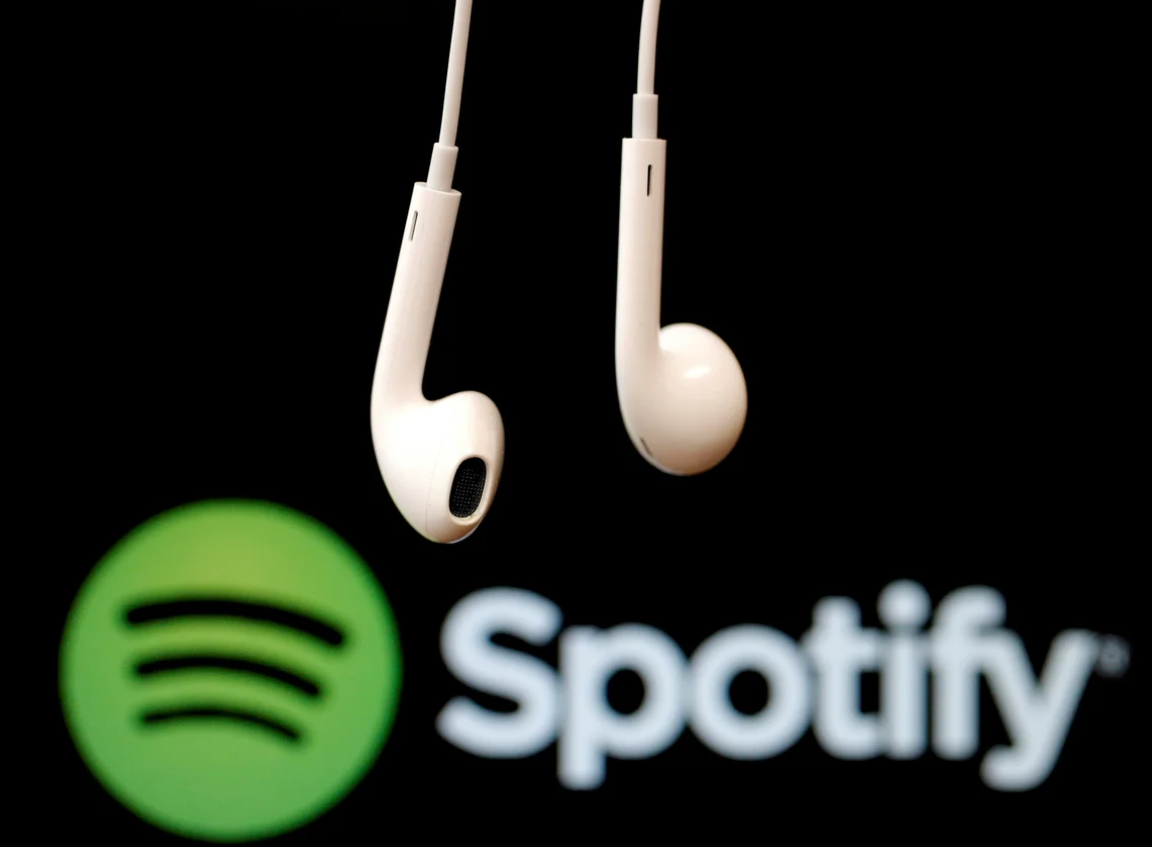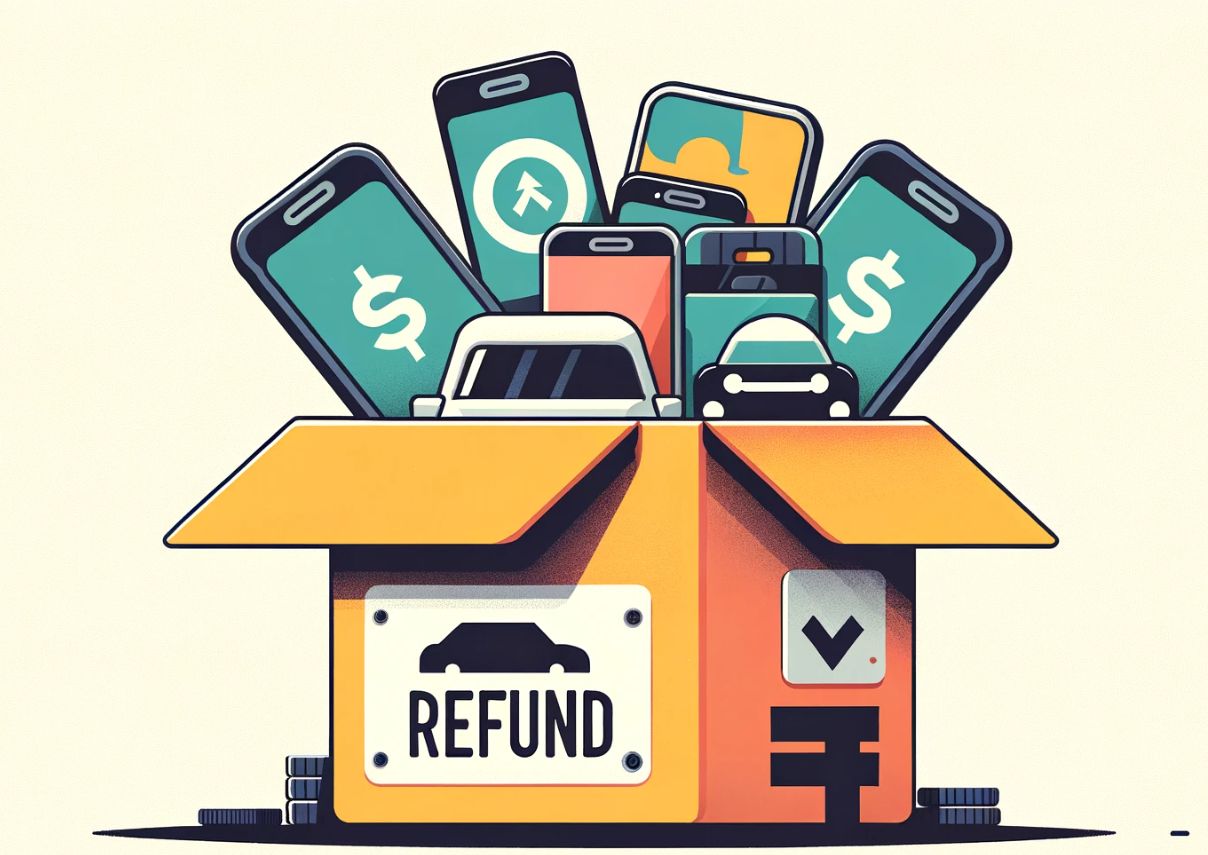In response to mounting criticism and dissatisfaction over persistent issues with its music player, Spotify has announced that it will offer refunds to customers affected by these problems. The popular music streaming platform has recently been plagued by glitches and malfunctions that have severely impacted the user experience, leading to a wave of backlash from its extensive global user base. The decision to offer refunds is viewed as an attempt to regain the trust and loyalty of their customers.
Spotify’s issues ranged from sudden playback stops, inability to skip songs, and some subscribers even reported that they were unable to access their music libraries altogether. This move by Spotify is seen as a significant step towards acknowledging these concerns and expressing their commitment to providing an uninterrupted and high-quality listening experience. While the exact specifics of the refund process have not yet been disclosed, it is expected that Spotify will soon provide detailed instructions for customers seeking compensation for the inconveniences caused.

Refund Process: How to Provide Proof of Purchase
Initiating a refund process typically requires providing proof of your purchase to ensure the legitimacy of your claim. This can be in the form of a receipt, order confirmation email, bank statement, or any other document that clearly indicates the relevant purchase details. The proof of purchase is a vital document that validates your transaction, showing the product or service you bought, the purchase date, the amount paid, and possibly the method of payment used. If you’re seeking a refund for an online order, often an order confirmation email or a screenshot of the order details from your account would suffice.
Alternatively, for purchases made in a physical store, a printed receipt is usually necessary. Some companies might also accept a bank or credit card statement that shows the transaction, particularly if the receipt is lost. It’s essential to keep all these documents safe until the refund is secured. In case you have lost the proof of purchase, it’s advised to contact the company’s customer service for guidance. They might be able to trace the transaction using other details like the date and time of purchase or the credit card number.
Providing proof of purchase will help streamline the refund process, allowing the company to verify the transaction and proceed with the refund swiftly. Remember, each company has its own refund policy. Therefore, it’s crucial to familiarize yourself with these policies to understand what is needed to initiate a refund successfully. The process might seem cumbersome, but it’s a necessary step to protect both the consumers and the businesses from fraudulent claims.
Compensation Options: What Spotify Offers as a Consolation
As a leading music streaming platform, Spotify recognizes the need to provide satisfactory compensation options to its users in case of any service discrepancies or inconveniences. Despite having a robust system, there are instances when users may encounter problems such as interrupted service, faulty subscriptions, or other technical issues.
To address these concerns, Spotify offers a variety of consolation options to appease disgruntled users. One of the most common compensations is a service extension, where users are granted additional days or months of premium subscription free of charge. For instance, if a user experiences an unexpected service interruption, Spotify may extend their subscription by the duration of the outage. Another form of compensation is a refund, which is typically offered when a user is charged unduly or when the service they paid for is not delivered as promised. Spotify is also known to give out credit vouchers or discounts on future subscriptions as a form of consolation. In rare cases, the company may offer users free access to exclusive content or early access to new features as a token of apology.
These compensations are not just a means to rectify any inconvenience caused but also a way to uphold Spotify’s reputation for excellent customer service. They also serve as a testament to Spotify’s commitment to maintaining a positive user experience, even when things don’t quite go as planned. Needless to say, the specific compensation offered depends on the nature and severity of the issue faced by the user, and Spotify ensures that it is fair and proportionate.

Addressing Planned Obsolescence: Spotify’s Response and Future Plans
Planned obsolescence, the strategy of intentionally designing products to have a limited lifespan, has been a topic of much debate in recent years. Spotify, the popular music streaming service, has had to address these concerns head-on due to the nature of their service. Unlike physical products that can wear out, digital services like Spotify have a potentially unlimited lifespan, but they also have to continuously evolve to stay relevant and competitive.
Spotify’s response to this issue has been to focus on continuous innovation and improvement. By regularly updating their service with new features and capabilities, they strive to stay ahead of the curve and provide value to their users that goes beyond the basic functionality of music streaming. They have also made efforts to diversify their services, venturing into areas like podcasting and live audio, to ensure that they remain a vital part of their users’ digital lives. In terms of future plans, Spotify seems intent on continuing this path of innovation and diversification. They have expressed interest in exploring new technologies like artificial intelligence and machine learning to improve their recommendations and personalization features.
They are also looking at ways to integrate more seamlessly with other digital platforms and services, to make Spotify an even more integral part of the digital ecosystem. In contrast to the traditional model of planned obsolescence, Spotify’s approach could be seen as ‘planned evolution’, a commitment to constant change and adaptation to meet the evolving needs and expectations of their users.
